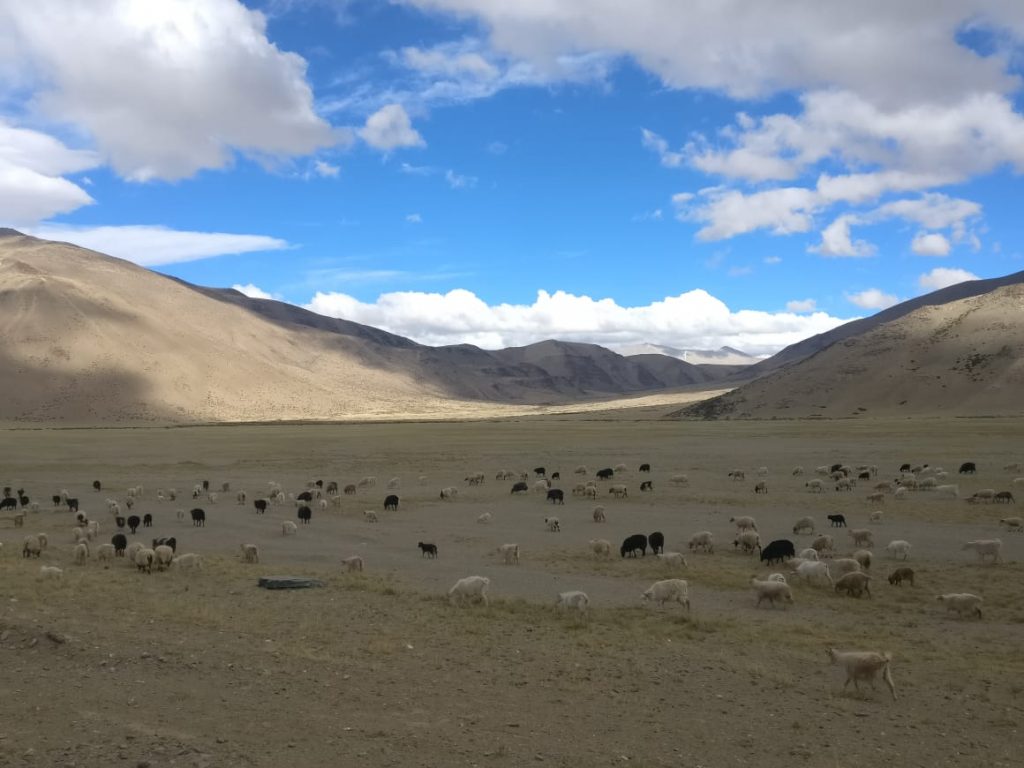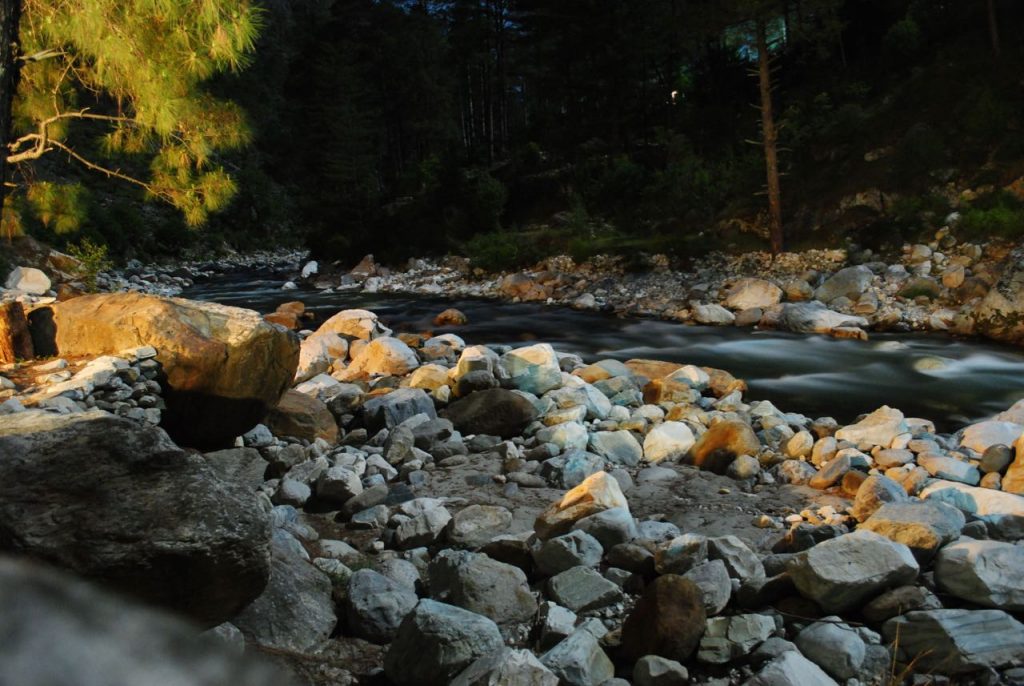Taking pictures with a cell phone is a normal day to day activity for us millennials. We like capturing our lives and the beauty in the mundane. Photography is no more the work of a skilled person, as the power of photography has been distributed through the all-encompassing smart-phone. Remember the days before cell phones?
I know, it must be hard to job your memory that far back! But, in those days, taking a photograph was an extensive affair, requiring fancy equipment and taking care of the ever-so-expensive cameras.
These days, however, it is rather easy to take a picture, edit it any which way and make it look like professional work. Or, at the very least, an eccentric melodrama coming from the depth of your mind. Cell phones have even taken away the pain of editing, thanks to the gazillion apps available. Good photography is available to you at the touch of the screen.
Let's quickly dive into the details:
Why do I need tricks?
But, that is not the case as a keen eye for detail is sacrosanct, even over the technical knowhow. Even an eccentric photograph has a form – there is the form in formlessness. One of the most important things to note in a photograph is its composition, as, without a good composition, your photograph loses its foundation.
If you want to get the wow-factor in your captures, then there are many other things to keep in mind. And, one of the most important things, of course, is light. Good lighting is very important for mobile photography.
So if you happen to be a photography enthusiast who likes to use his or her cell phone to click pictures, then here are a few tips and tricks to bear in mind.
1. Keep focus
There is nothing better than a picture in focus, no matter what your composition is. Just think about it, what happens if your photograph is blurry? It goes into oblivion. So, the most important thing to do is to focus on your subject. Try and decide whether you want good depth-of-field, and then play with foreground and background, but always keep your subject in focus.
A lot of cell phones allow you a fair amount of depth of field, and even though they look great, you have to let your subject speak. Focusing on the subject should be your prime emphasis, and ensuring the remainder (ideally 2/3 of your picture) is negative space – helps highlight your key subject.
Bonus – After taking the picture, there are a bunch of filters and editing tools available on your photos that can help in defining the picture better. Personally, I like to play around with the contrast and the sharpness of the picture – but there is a tonne of things you can do. Learn to play with the many features on your phone.

2. Embrace the negative space
In continuation with the above – negative space should be your best friend when taking quality pictures. We usually shy away from this, but the negative space helps in defining the focal point. What is a negative space? It’s simply the area around your subject. By having a larger canvas, you’re allowing your viewer the expanse of focus.
Examples include – large open spaces, a big portion of the cobalt blue skies, water bodies, large background walls.

3. Always landscape
This is a tip that can be debated, but when you click portrait mode, you do not leave much space to crop. So, you should let landscapes do the talking. Moreover, a wider picture gives you a clear picture, but a portrait restricts that. One of the best ways to realize this is by clicking a portrait and landscape and comparing them side by side. You will eventually come to realize that landscape is always a tad better than clicking portrait.

4. Use Leading Lines
Any natural formation that leads across the page (or photograph) draws the eyes inwards and provides a natural depth and development. This trick gives the viewer an experience of discovering the photo gradually. Bonus is that it makes your photo look purposefully designed.
Examples include – train tracks, roads, a path through the woods, staircases.

5. Don’t zoom
Yes, the moon is hard to find when you do not zoom, but it is a futile exercise. Zooming from a cell phone almost always gives you a grainy image. You do not want a grainy image to speak for your photographic talents.
Grainy images are the worst nightmare for a photographer, and zooming in is the recipe for it. The best way to go about it is to click the picture and crop it later.

6. Use the grid
There is something called the rule of thirds in photography, and using gridlines help you to keep this in check. The rule says that your photo should be divided into three parts, both horizontal and vertical. This way, you have divided the subject into nine parts with the help of the gridlines.
This allows you to balance the photograph and compose mindfully. You can do away with the gridlines once you are used to composing. It is the easiest way to train yourself in taking balance shots and allows the views to have a more natural imprint.

7. Natural light
Try to shoot in natural light, because camera flashes are just plain bad. Unless you have good external lights, your product is bound to be weird. Yes, that is how pictures look when clicked with phone flash. Daytime photography is perhaps the best option, or if you would like to shoot during the night, then you better be at someplace with ample light.
Avoid the flash at all costs, especially at night. You can always sharpen and brighten the picture later. These days cell phones are also equipped with Night Mode, which sharpens the picture for you aesthetically.

Conclusion
Without getting into many technicalities, these are some of the best tips and tricks one can give you about taking pictures with your cell phone. However, remember that you can experiment and go any which way. For example, spaces are not always bad.
Have a travel question?? You can subscribe to my YouTube channel and leave a comment to ask your travel questions about traveling to the Himalayas.
If you can place your subject in the right place, then space is a good thing. The headroom means the space above your subject, and the legroom is space below your subject. It is completely up to your sensibilities to decide on how much space you should give in your photographs.
Practice, and learn. Your style is yours alone, and you get to experiment as you please. The above basic hygiene factors will ensure you’re sorted for enjoying your memories at a later date. Happy clicking!





